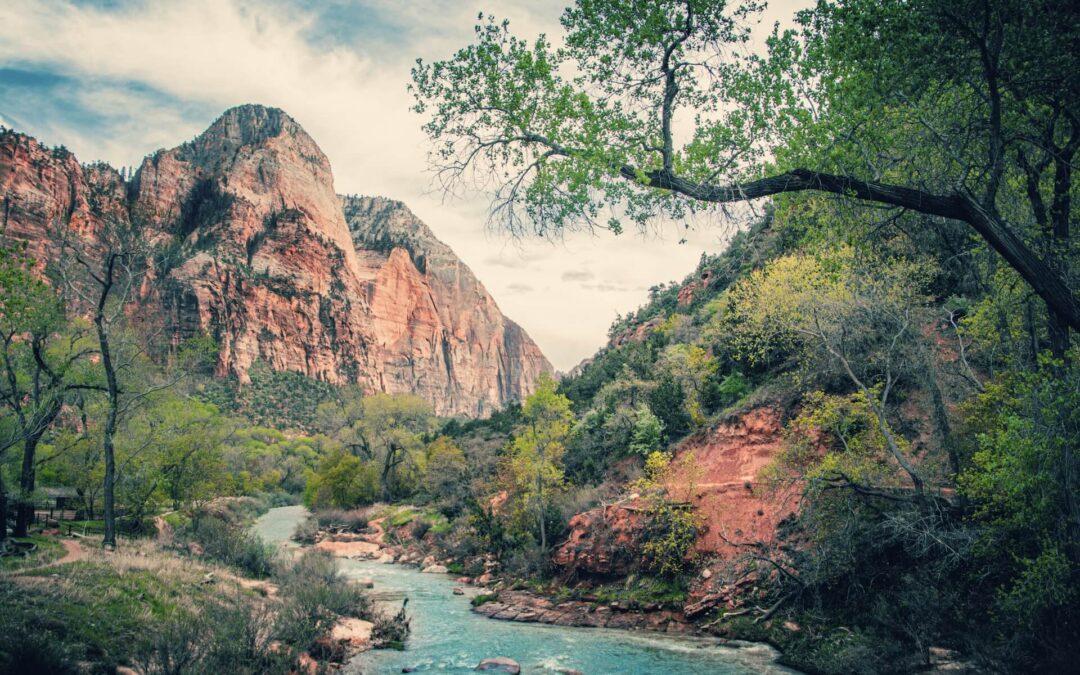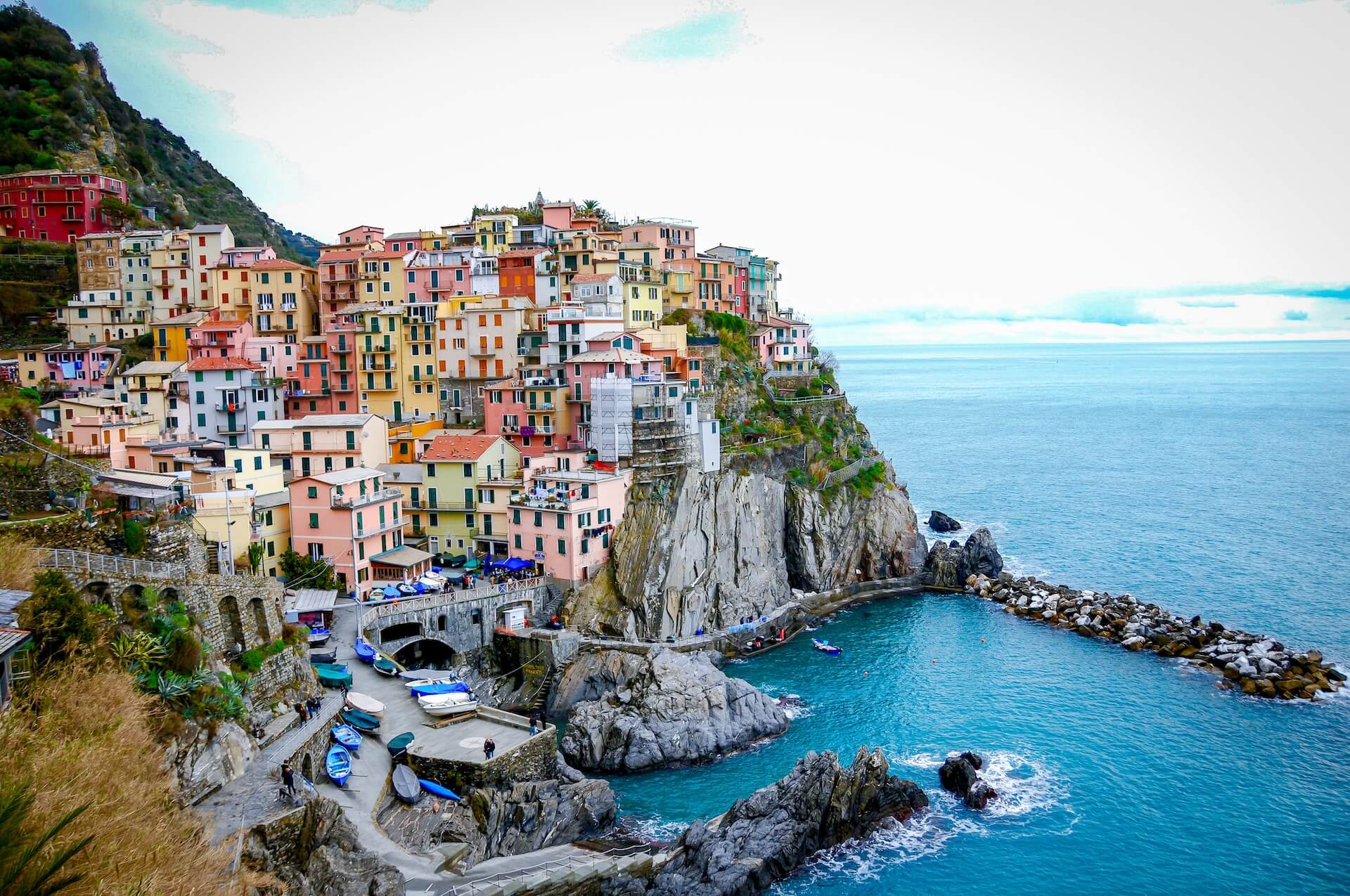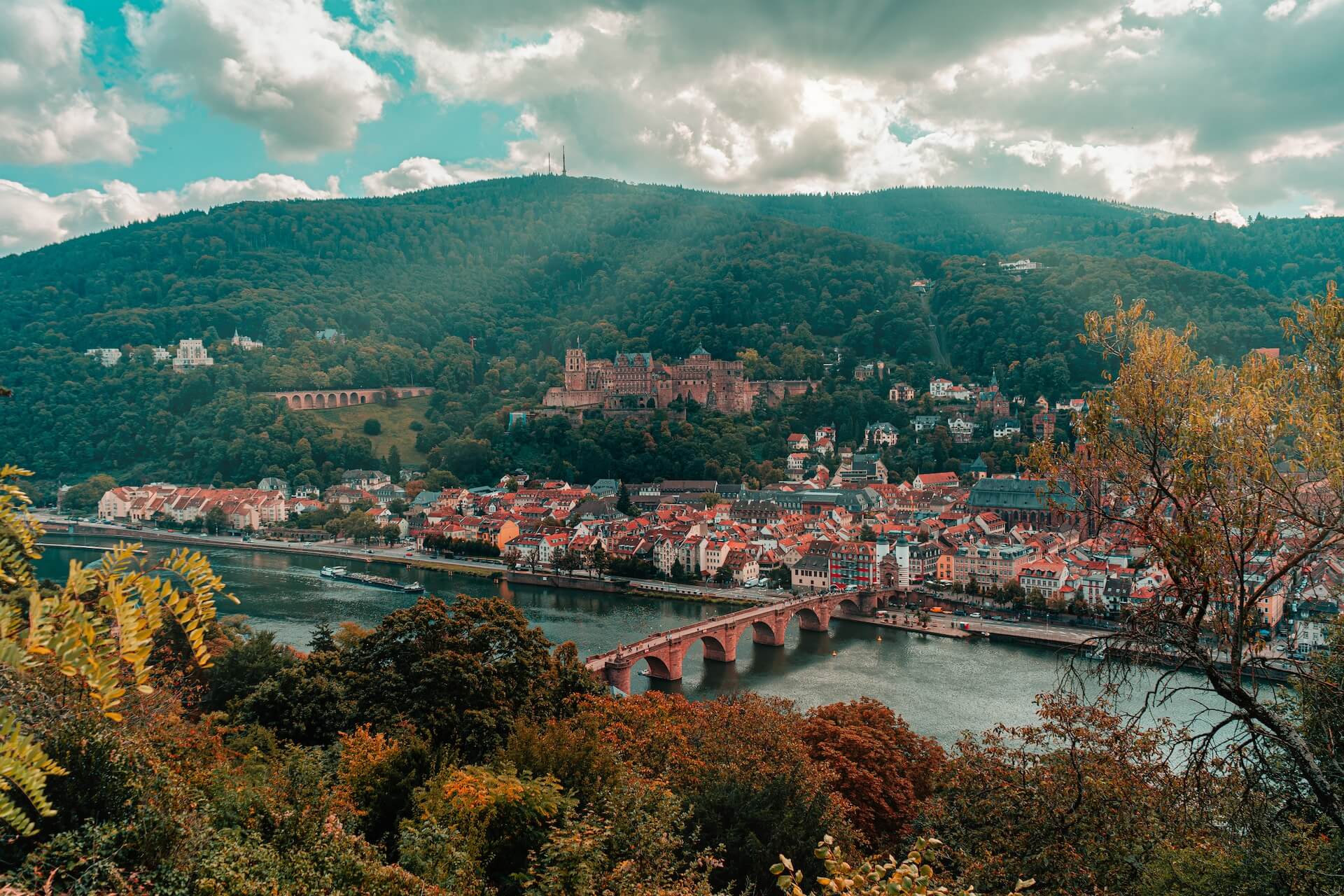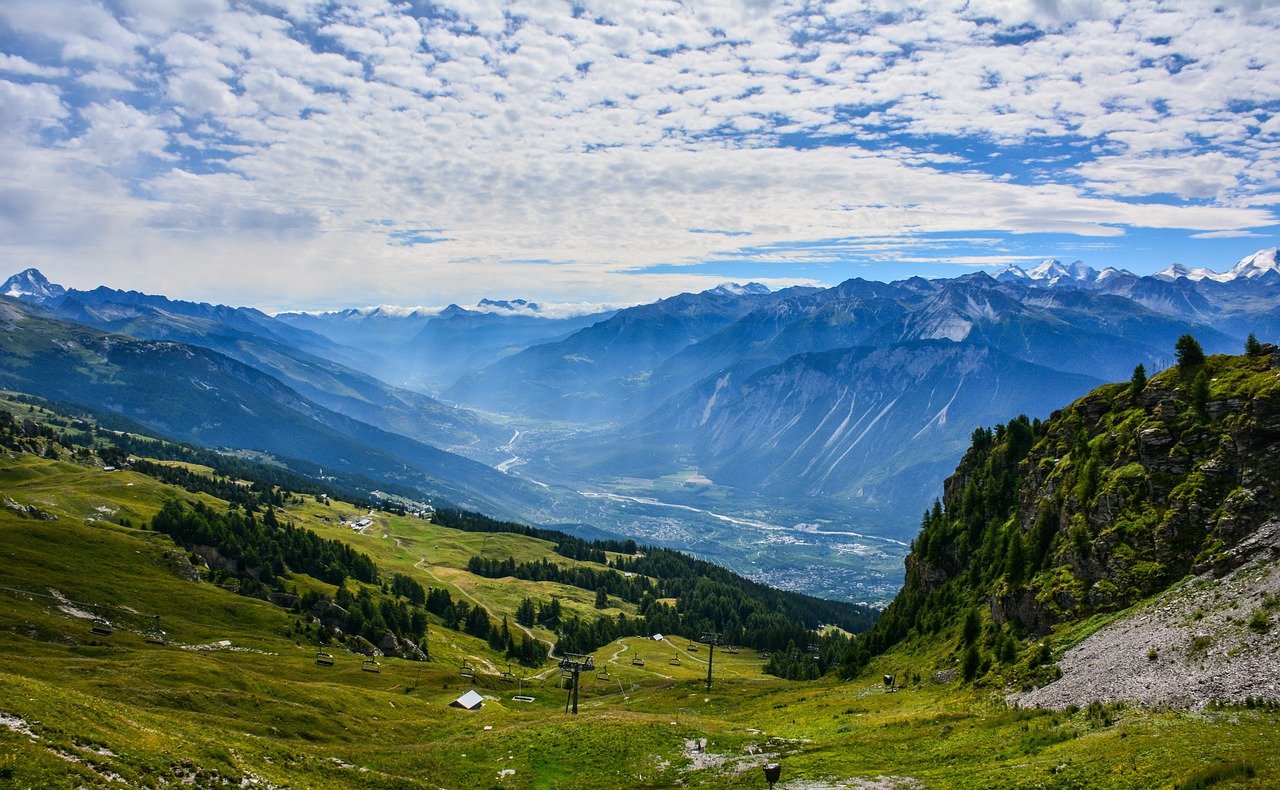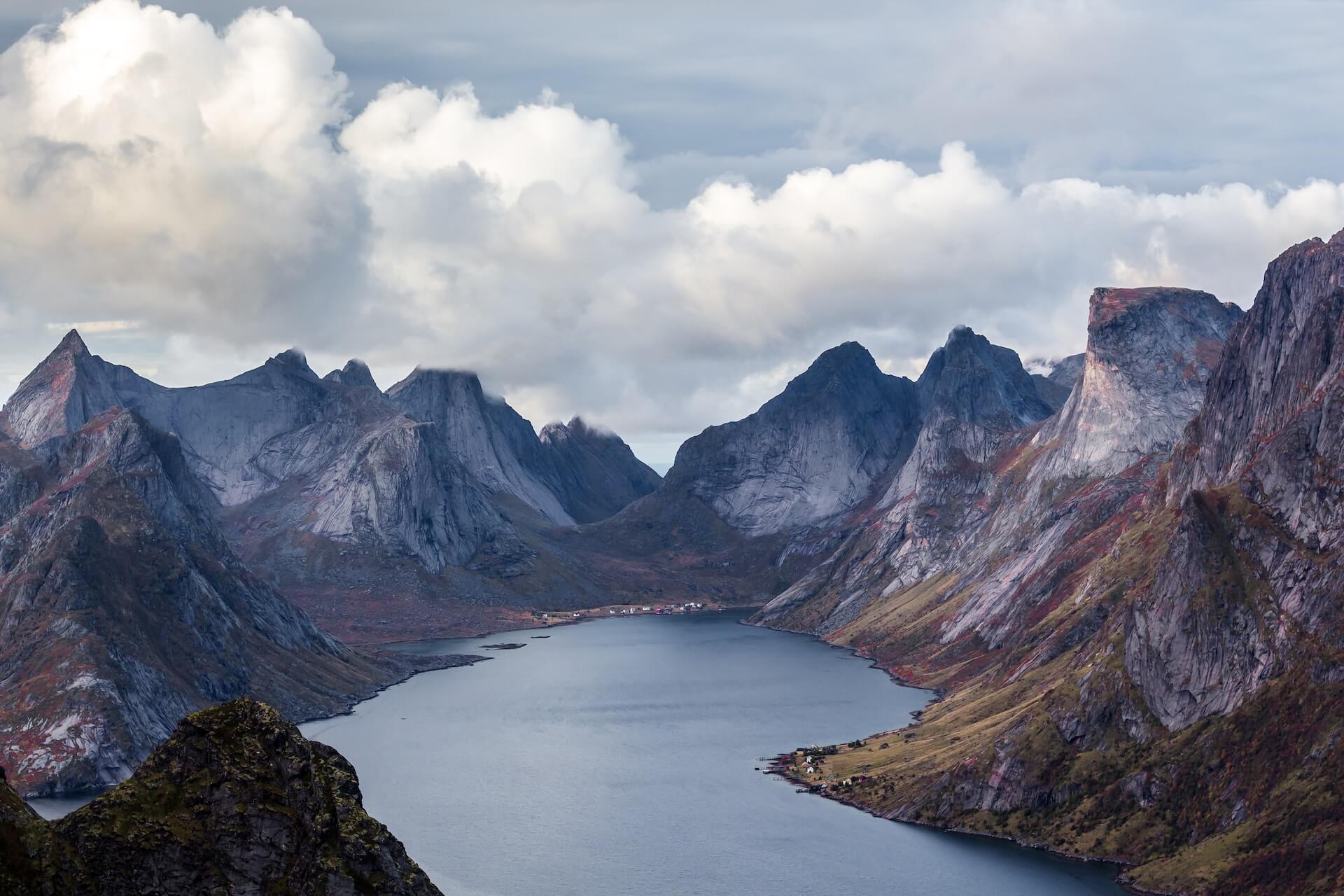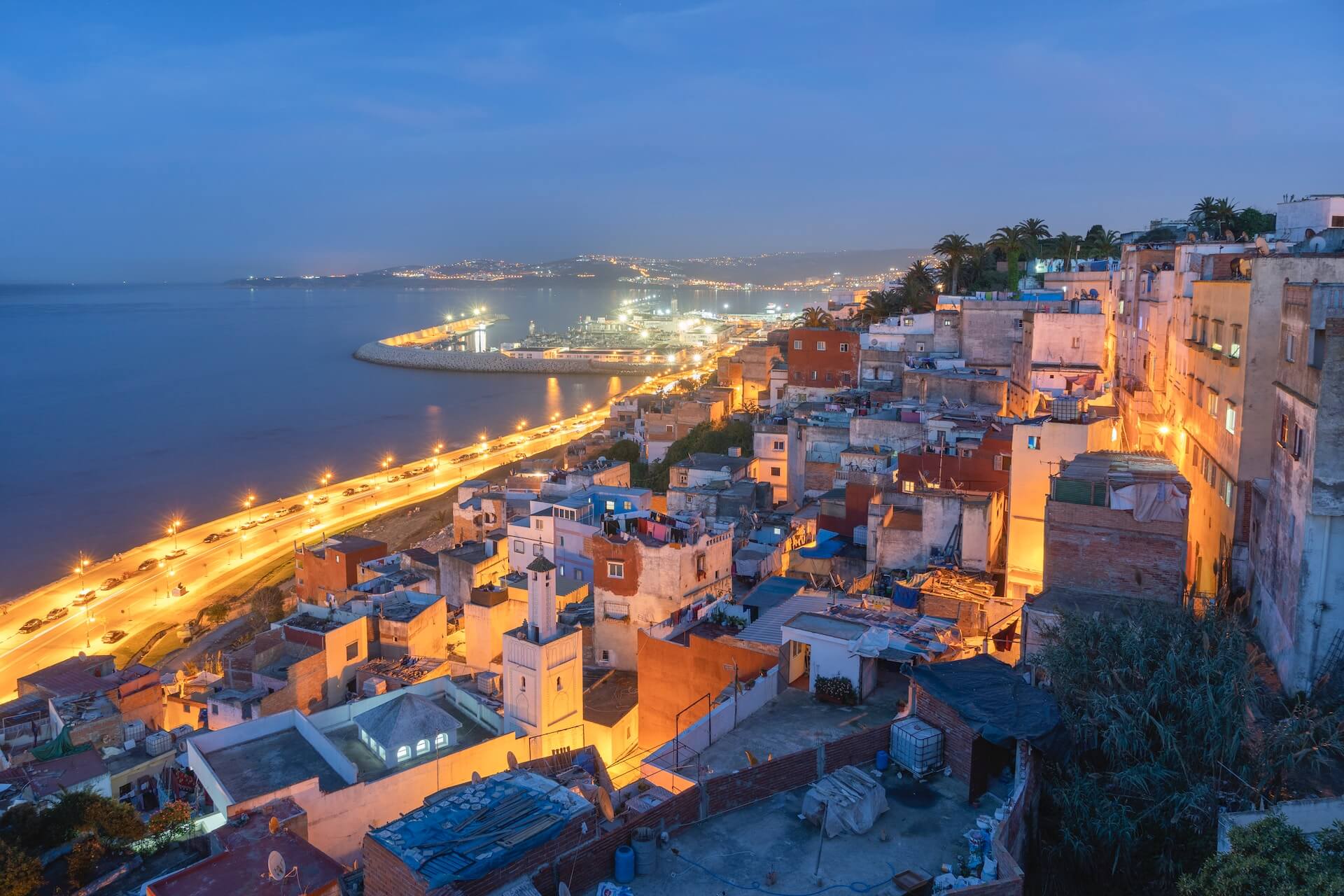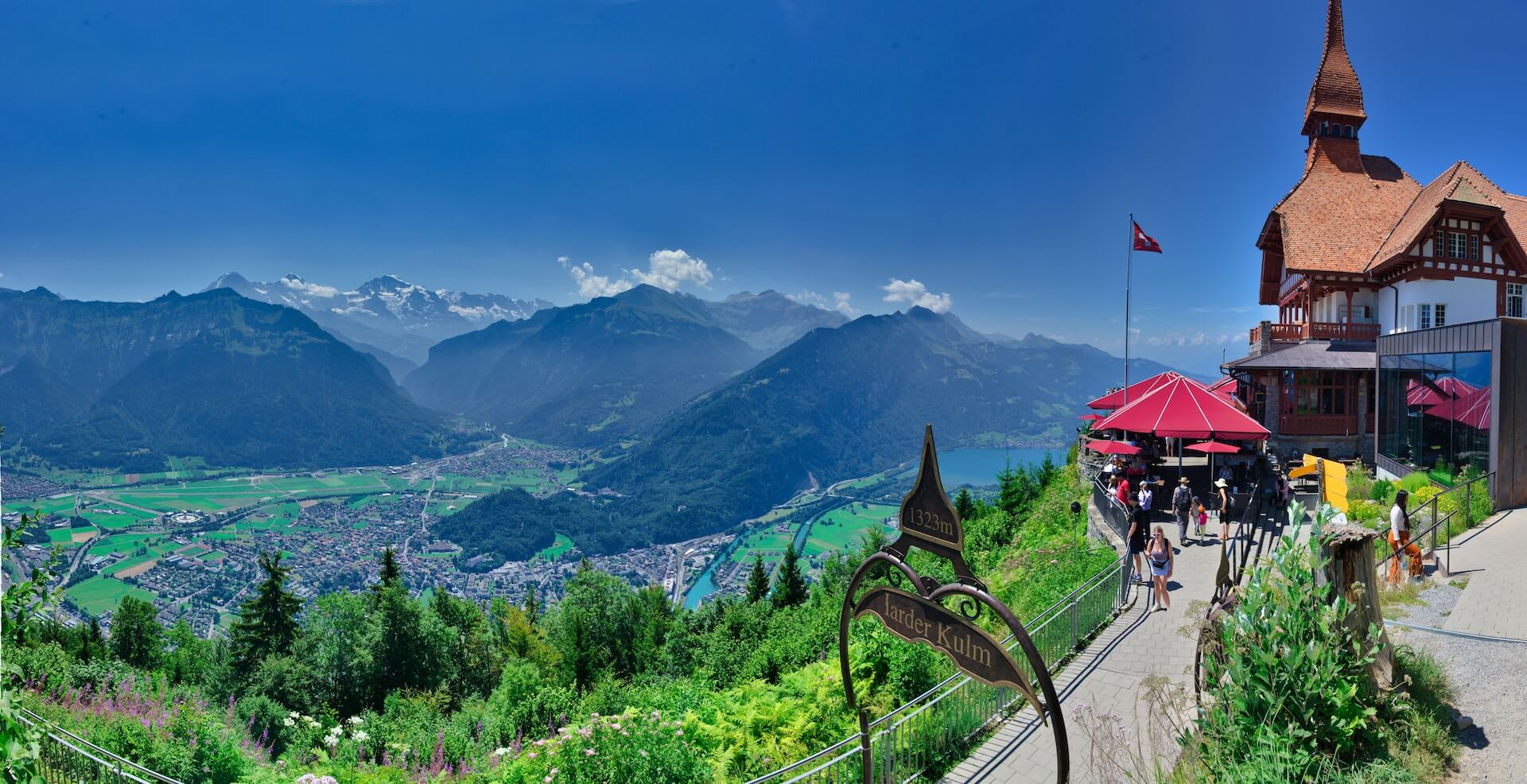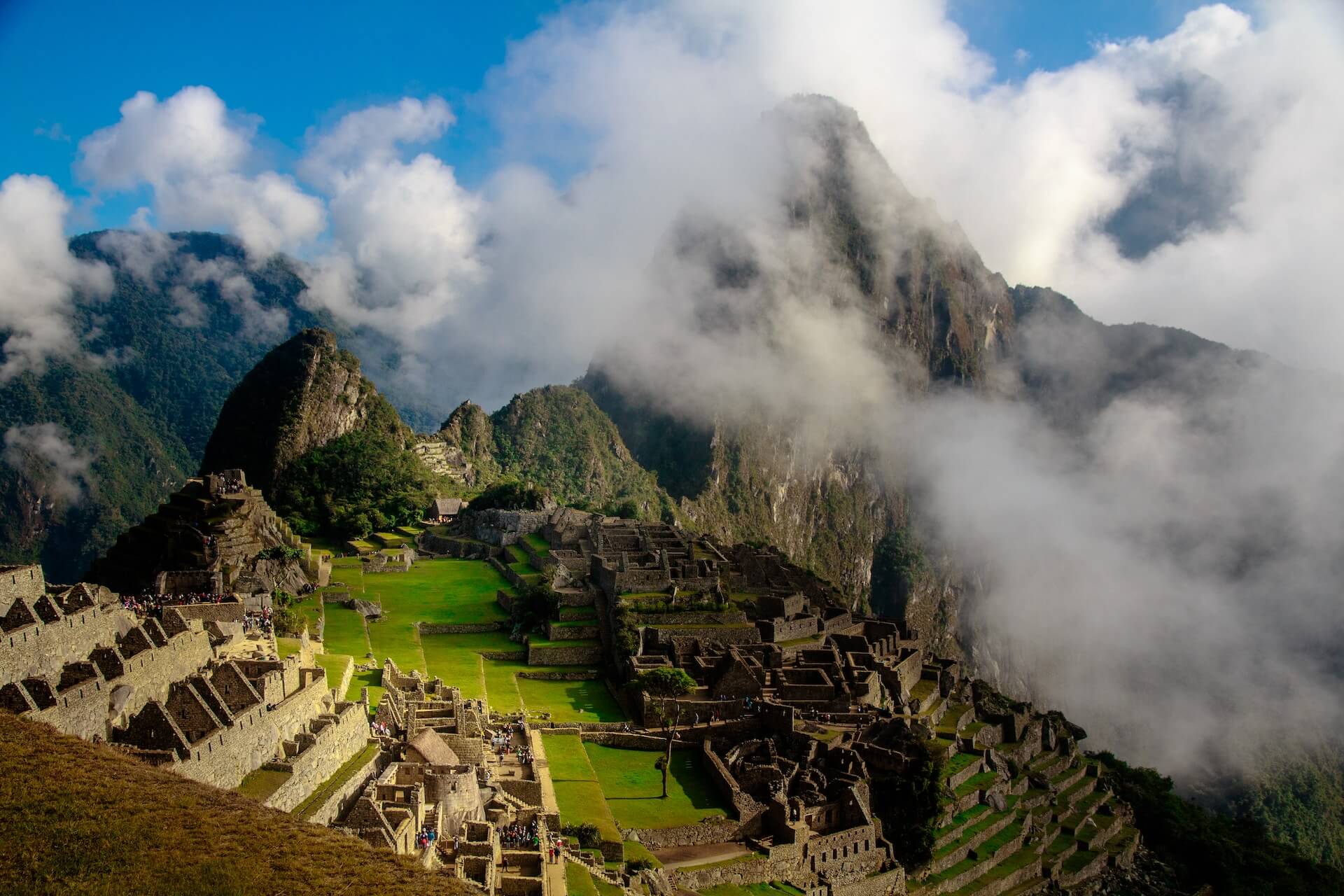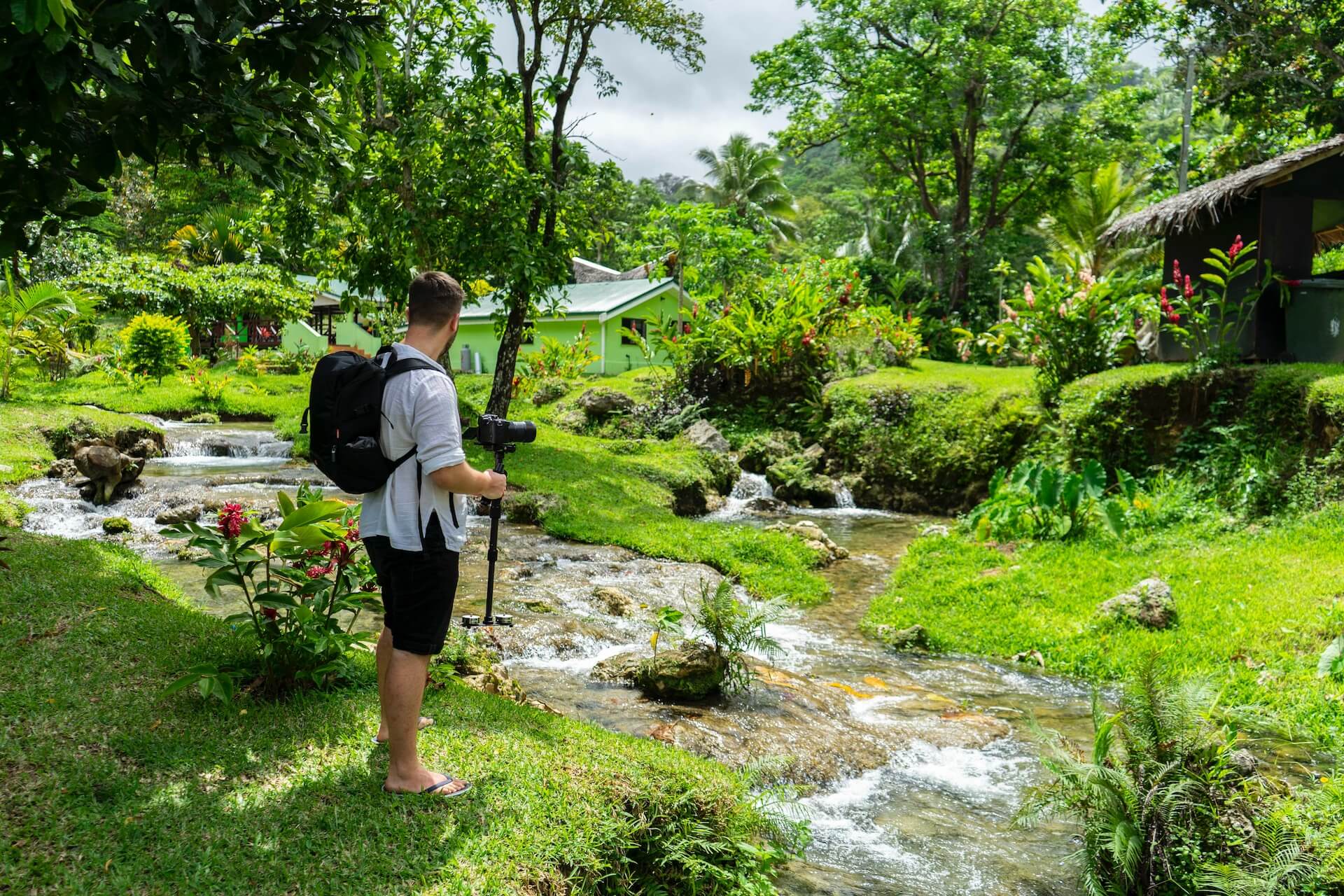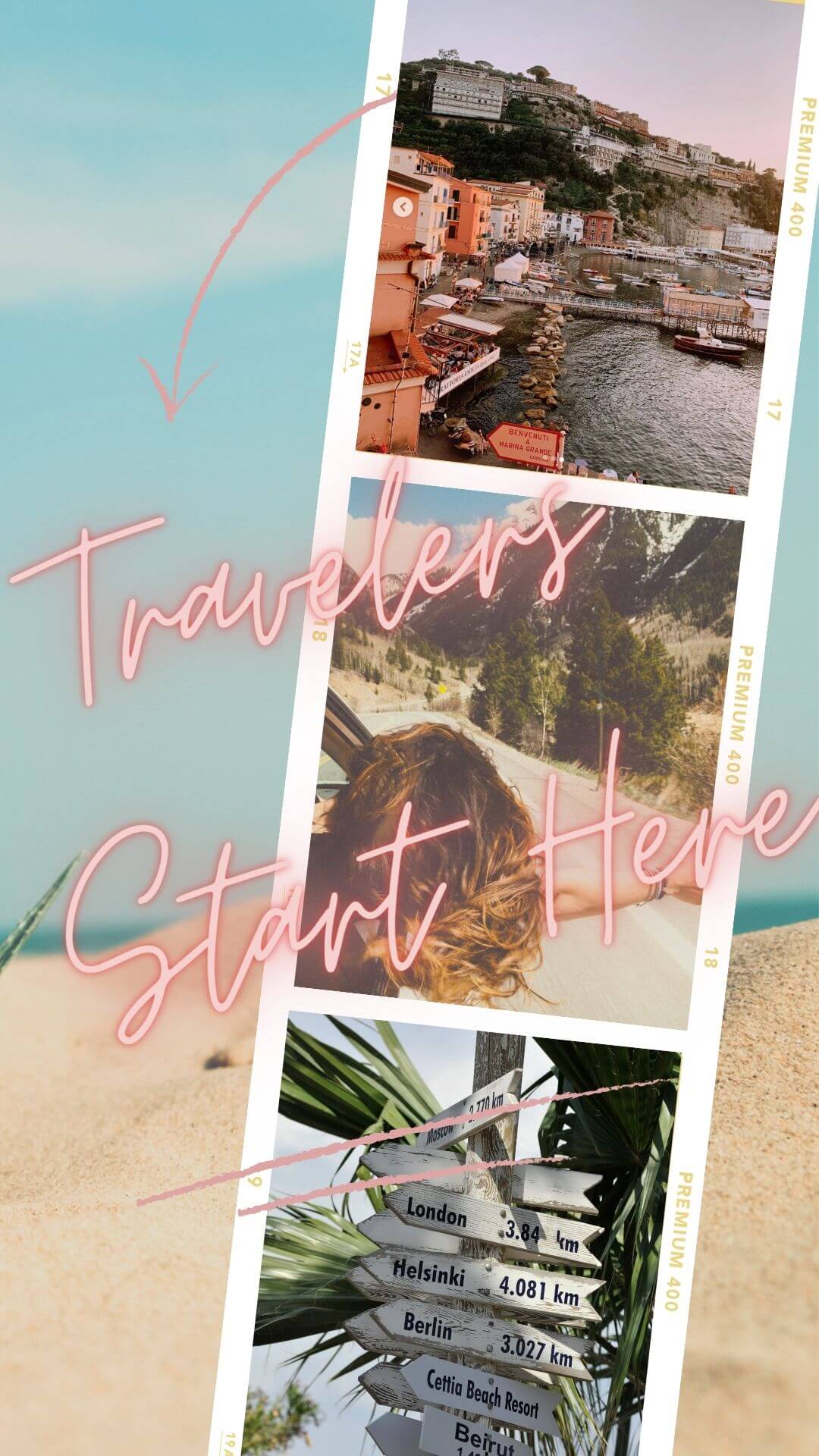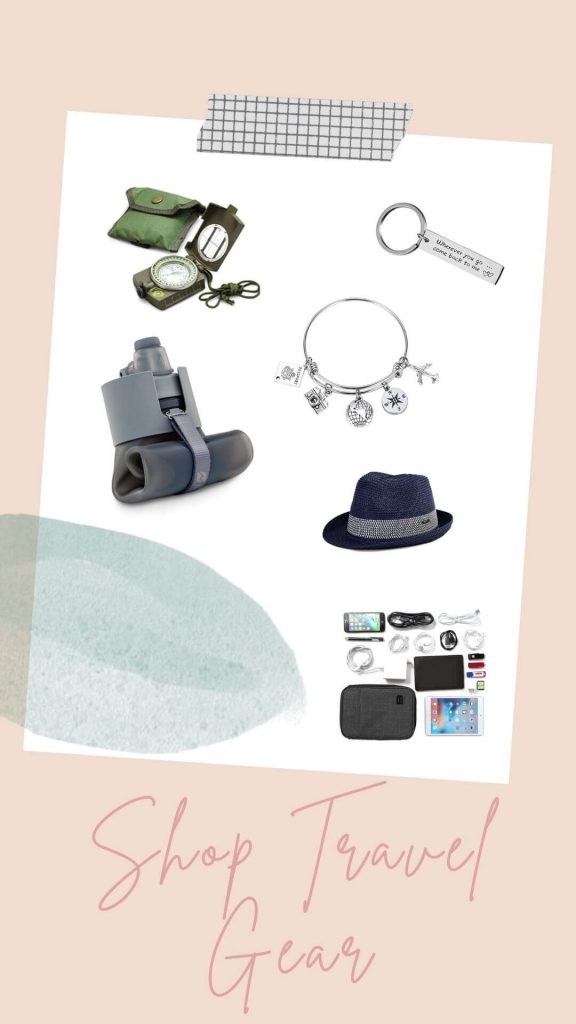Nestled in the heart of southwestern Utah, Zion National Park is a hiker’s paradise. With its breathtaking canyons, towering cliffs, and a plethora of unique trails, this national park promises an unforgettable hiking experience. Whether you’re an avid hiker or just looking to explore nature’s wonders, Zion National Park has something for everyone. In this article, we will guide you through the thrill of hiking in Zion National Park, offering valuable insights into routes, what to carry, alternate options, points of interest, and important precautions.
Routes to Explore
The Narrows
This iconic hike takes you through the narrowest section of Zion Canyon, with towering walls on either side. Be prepared to get your feet wet, as you’ll be wading through the Virgin River. A walking stick is highly recommended for balance. It’s an out-and-back trail, and you can choose how far into the narrows you want to venture.
Angel’s Landing
This is a challenging and exhilarating hike that rewards you with panoramic views of the entire park. The final ascent involves a narrow ridge with chains for support, so it’s not for the faint of heart. If heights are a concern, consider the first part of the hike to Scout Lookout.
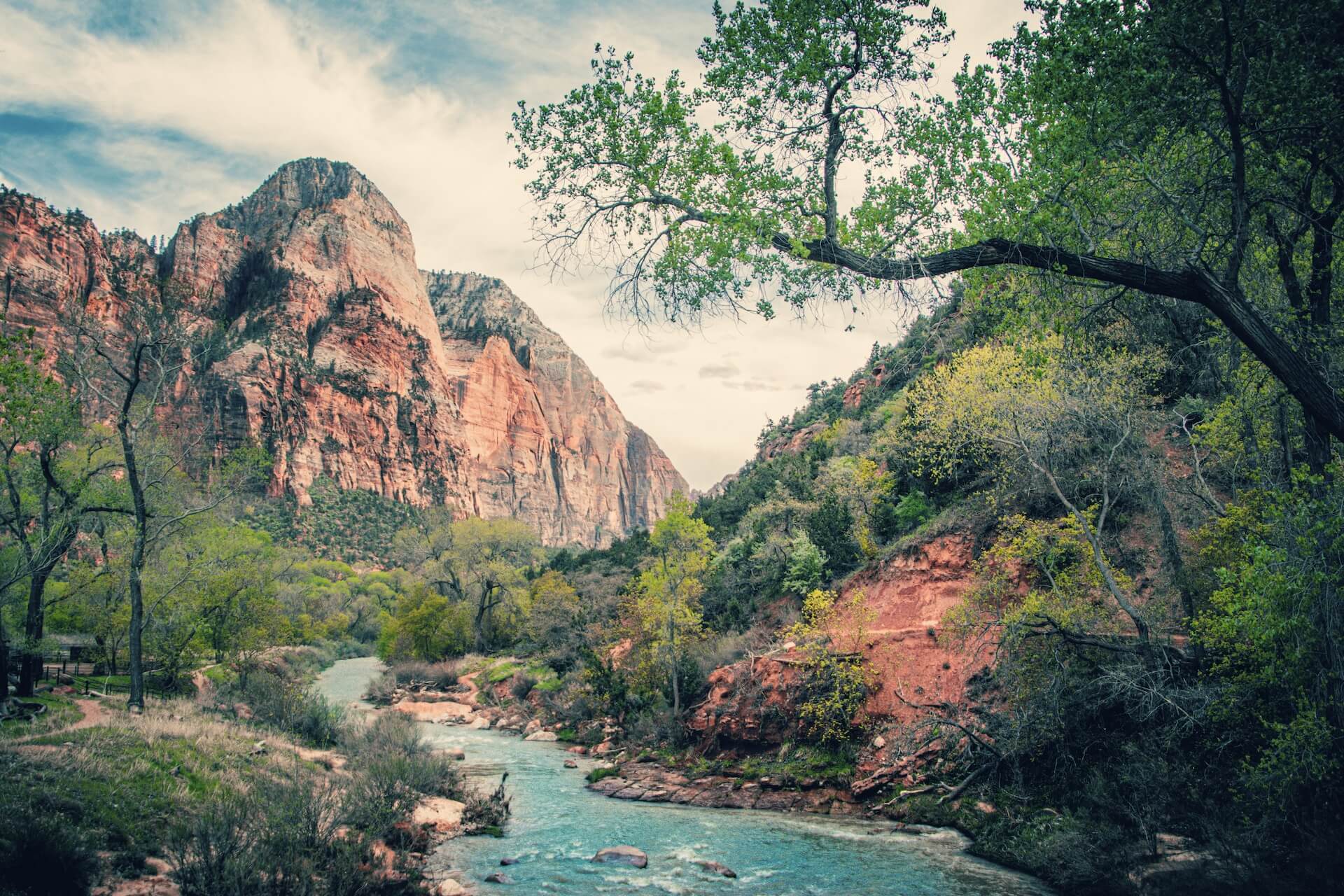
Observation Point
For those seeking stunning vistas without the vertigo, this hike offers a breathtaking view of Zion Canyon from above. It’s a strenuous uphill trek but well worth the effort.
Emerald Pools
A family-friendly option, this trail takes you to a series of lush, green pools, perfect for a refreshing dip. The Lower Emerald Pool is an easy hike, while the Upper Emerald Pool requires a bit more effort.
Things to Carry
When embarking on a hike in Zion National Park, it’s crucial to be prepared. Here’s a list of essentials to carry:
– Water: Hydration is key, especially in the desert climate. Carry at least one gallon of water per person.
– Sturdy Footwear: Hiking boots or sturdy trail shoes with good grip are essential.
– Sun Protection: Sunscreen, a wide-brimmed hat, and sunglasses to shield yourself from the desert sun.
– Snacks: Energy bars, nuts, and dried fruits for quick energy.
– Map and Compass: Even with well-marked trails, it’s wise to have navigation tools.
– First Aid Kit: Basic supplies for cuts, blisters, or other minor injuries.
Alternate Options
If you’re visiting during peak season and find the popular trails overcrowded, consider these alternatives:
Kolob Canyons: Located in the northern part of the park, it offers solitude and stunning red rock scenery.
East Rim Trail: A long but less-crowded hike with sweeping views and a chance to see the famed “Zion Subway.”
Things to See and Do
Apart from hiking, Zion National Park offers several other attractions:
– Canyoneering: Try canyoneering with a guided tour, exploring slot canyons and rappelling down cliffs.
– Scenic Drives: Take the Zion Canyon Scenic Drive or Kolob Terrace Road for incredible viewpoints.
– Wildlife Watching: Keep an eye out for bighorn sheep, mule deer, and various bird species.
Precautions to Take
Flash Floods: Be cautious of flash floods, especially if hiking in narrow canyons. Check the weather forecast and heed park ranger warnings.
Heat: Zion can get scorching in summer, so hike early in the day and carry enough water.
Permits: Some hikes require permits, so check in advance and secure them if necessary.
Leave No Trace: Respect the park by following the “Leave No Trace” principles, including packing out all trash and staying on designated trails.
Hiking in Zion National Park, Utah, is an adventure of a lifetime. With awe-inspiring landscapes, challenging trails, and a variety of outdoor activities, this national park offers something for everyone. By planning your routes, carrying the right gear, exploring alternate options, and taking precautions, you can make the most of your Zion hiking experience. So, grab your boots, a backpack, and a sense of adventure, and prepare to be enchanted by the rugged beauty of Zion National Park.
Please leave a comment below, if you enjoyed or find the information helpful.
This post contains affiliate links, which means we may receive a small commission, at no additional cost to you, if you make a purchase through these links.
Photo by Yannick Menard on Unsplash
More Reads

